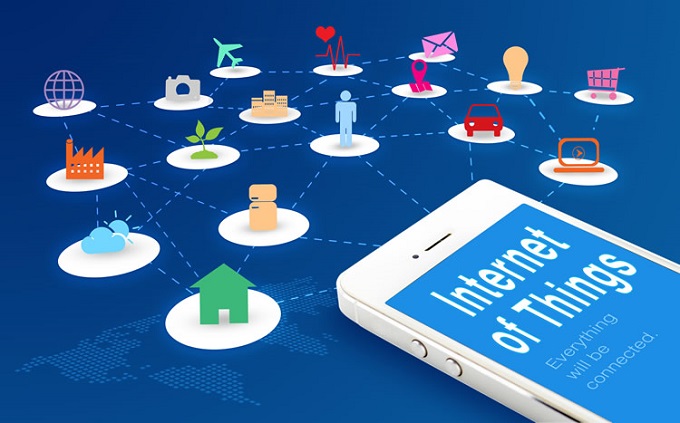The Internet of Things is an important part of the new generation of information technology and an important development stage in the “information age”. The Internet of Things technology is another climax of the development of the world’s information industry after the Internet. It is changing the way people live, work, entertain and travel. The Internet of Things is currently showing a rapid growth momentum around the world. In the opinion of many Internet of Things experts, We will enter a new world where everything is connected.


Ten basic functions of the Internet of Things
Online monitoring: This is the most basic function of the Internet of Things. The Internet of Things business is generally based on centralized monitoring and supplemented by control.
Positioning traceability: generally based on sensors, mobile terminals, industrial systems, building control systems, home smart facilities, video surveillance systems, etc. GPS (or other satellite positioning, such as Beidou) and wireless communication technology, or positioning that only relies on wireless communication technology. Such as positioning based on mobile base stations, RTLS, etc.
Alarm linkage: It mainly provides event alarms and prompts, and sometimes also provides linkage functions based on workflow or rule engine (Rule’sEngine).
Command and dispatch: Command, dispatch and dispatch functions based on time scheduling and event response rules.
Plan management: handling events that occur based on preset rules or regulations.
Statistical decision-making: refers to the provision of decision support and statistical reporting functions based on data mining and statistical analysis of network information.
Security and privacy: Due to the importance of ownership attributes and privacy protection of the Internet of Things, the Internet of Things system must provide corresponding security mechanisms.
Remote maintenance: This is a service that IoT technology can provide or improve. It is mainly suitable for after-sales networking services for enterprise products.
Online upgrade: This is a means to ensure that the Internet of Things system itself can operate normally, and it is also one of the means of automatic after-sales service for enterprise products.
Leadership desktop: Mainly refers to Dashboard or BI personalized portal. Real-time information refined through multi-layer filtering can be used by managers to achieve a “clear view” of the overall situation.
Four technical forms of the Internet of Things
RFID: RFID is an “enabling” technology that can turn conventional “things” Instrumented (IBM “3I” description) into objects connected to the Internet of Things. Based on the related EPC/UID and PNL/ONS technologies, it can also be used as the “unified identification” reference technology for the entire Internet of Things system.
M2M: focuses on the interconnection and centralized control management of mobile terminals, mainly the IoT business field of Telco (communications operator), including business models such as MVNO (mobile virtual network operator) and MMO (M2M mobile operator).
Sensor network: WSN, OSN, BSN and other technologies are the terminal nervous system of the Internet of Things, which mainly solve the “last 100 meters” connection problem. The sensor network terminal generally refers to a micro-sensing system that is smaller than the M2M terminal, such as Mote.
Integration of informatization and informatization: refers to the informatization upgrade of industrial automation and control systems. Enterprises in industrial control, building control and other industries are the main driving force for the integration of informatization and informatization. It can also include industrial applications such as smart grids.